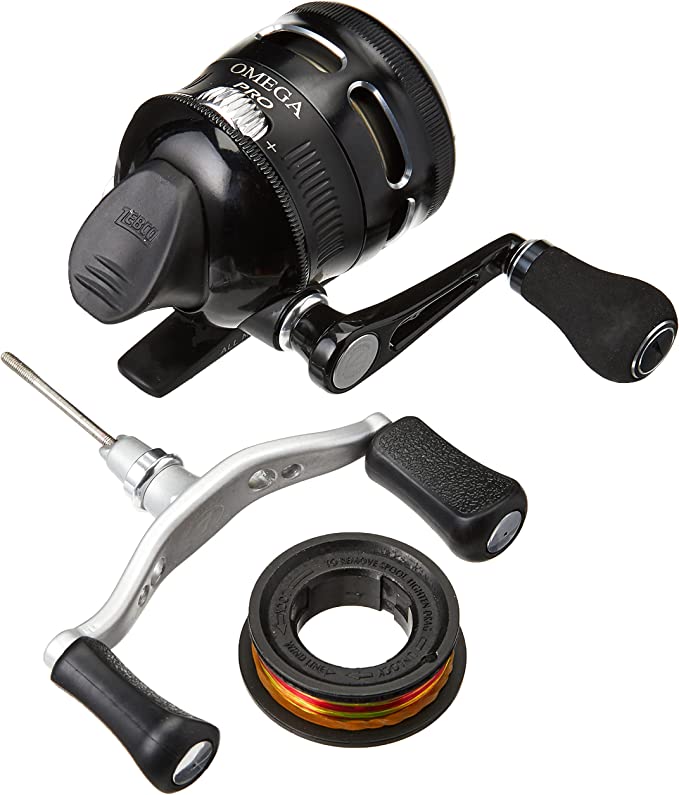The Physics of Value: Decoding the Optical Stack of Athlon Midas UHD
Update on Nov. 18, 2025, 7:54 p.m.
In the world of sport optics, there has long been a steep “diminishing returns” curve. Historically, to get 95% of the performance of a European “Alpha” binocular, you had to pay 80% of the price. However, advances in precision manufacturing and coating technologies have flattened this curve. Today, instruments like the Athlon Optics Midas UHD 8x42 challenge the old hierarchy, offering a masterclass in what is technically possible at a mid-range price point.
To understand how a sub-$300 binocular can rival the clarity of heritage brands, we must look beyond the brand name and into the optical stack—the complex series of glass, coatings, and gases that manipulate light from the objective lens to the retina.

Controlling the Rainbow: The Physics of ED Glass
The primary enemy of sharpness in any refractive optical system is Chromatic Aberration. When light passes through a standard glass lens, different wavelengths (colors) bend at slightly different angles. Blue bends more than red. This means they do not converge at a single focal point, resulting in color fringing (purple or green halos) around high-contrast edges.
The Midas UHD tackles this with Extra-low Dispersion (ED) Glass. * The Abbe Number: In material science, the dispersion of a glass is measured by its Abbe number. Standard optical glass has a low Abbe number (high dispersion). ED glass uses rare-earth elements (often fluorite) to achieve a high Abbe number (low dispersion). * The Result: This material property forces the red, green, and blue wavelengths to converge much closer to a single focal plane. For the birdwatcher, this means the white wing bar of a warbler is crisp white, not a smear of purple fuzz. It is not just “clearer”; it is spectrally accurate.
The Mirror Problem: Dielectric vs. Silver Coatings
Modern binoculars use Roof Prisms (Schmidt-Pechan design) to keep the tubes straight and compact. However, one surface of these prisms does not reflect light via total internal reflection; it requires a mirror coating. * Aluminum Coating: Reflects ~87-93% of light. Common in budget optics. The image looks dim. * Silver Coating: Reflects ~95-98% of light. Better, but oxidizes over time. * Dielectric Coating: The Athlon Midas uses an ESP Dielectric Coating. This is not a metal mirror. It is a stack of dozens of alternating layers of dielectric materials. By utilizing constructive interference, it reflects >99% of the incident light across the visible spectrum.
This <1% loss per reflection is transformative. It explains why the image appears “bright” even in the twilight of dawn or dusk. It is an efficiency game, preserving every possible photon collected by the 42mm objective lenses.
Correcting the Phase: The Hidden Sharpness Factor
Roof prisms have a subtle flaw: as light bounces inside, its polarization state splits. This causes a Phase Shift—half the wave is delayed relative to the other half. When they recombine, they interfere destructively, reducing contrast and resolution. The image looks “soft.”
To fix this, Athlon applies a Phase Correction Coating to the prism surface. This coating delays the faster wave just enough to bring it back into phase with the slower wave. * Engineering Impact: This is invisible to the naked eye looking at the lens, but looking through it, the difference is stark. It restores the “micro-contrast” necessary to count the tines on a deer’s antler or separate individual feathers at 100 yards.

The Inert Shield: Argon Purging
All decent binoculars are nitrogen purged to prevent internal fogging. The Midas UHD upgrades this to Argon.
Why Argon?
1. Atomic Size: Argon atoms are larger than Nitrogen molecules. They diffuse through seals much more slowly. This means the internal positive pressure lasts longer—years longer.
2. Thermal Stability: Argon has a lower thermal conductivity. It insulates the internal optical elements slightly better against rapid temperature shocks, reducing the risk of transient thermal fogging when pulling the binoculars out of a warm truck into freezing air.
The Chassis: Magnesium vs. Polymer
Finally, the optical train must be held in precise alignment. Plastic (polycarbonate) is light but can flex. Aluminum is rigid but heavy. The Midas uses a Magnesium Alloy chassis. * Specific Stiffness: Magnesium offers the highest strength-to-weight ratio of structural metals. It provides the rigidity of aluminum (keeping those prisms perfectly aligned) at a weight closer to plastic. * Damping: Magnesium naturally dampens vibrations better than aluminum, which can subtly help in stabilizing the view.

Conclusion: The Democratization of Alpha Optics
The Athlon Midas UHD 8x42 represents a tipping point in the optics market. By integrating ED glass, dielectric coatings, phase correction, and argon purging—features once exclusive to $1,000+ instruments—it proves that high-fidelity observation is no longer a luxury. It is a triumph of modern manufacturing, delivering a viewing experience that is rigorously engineered, spectrally pure, and photon-efficient.



















